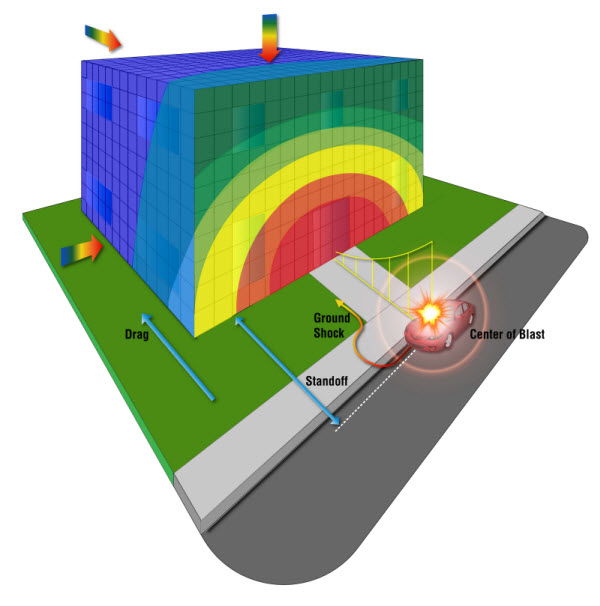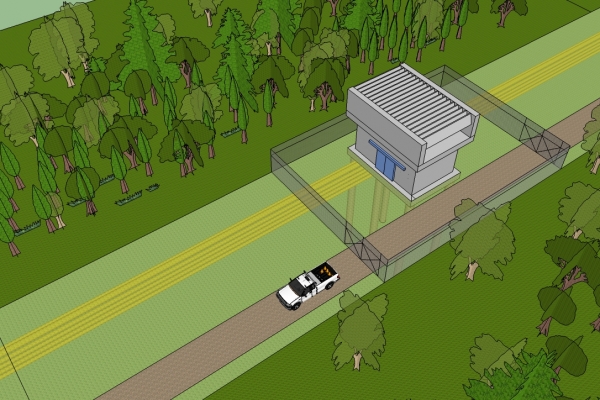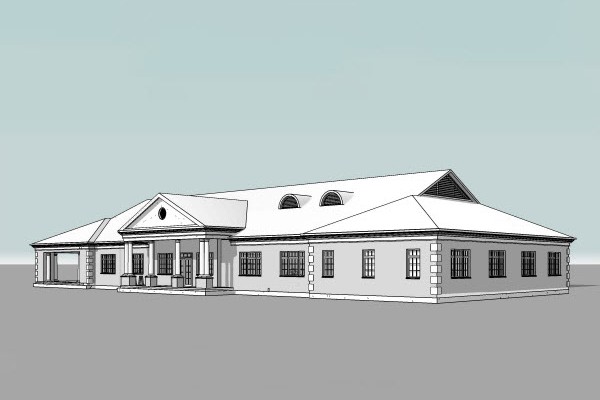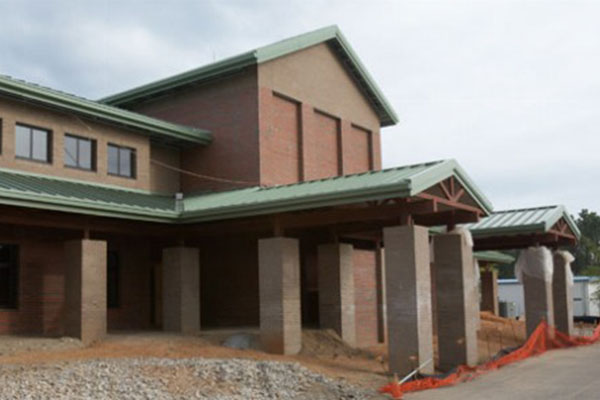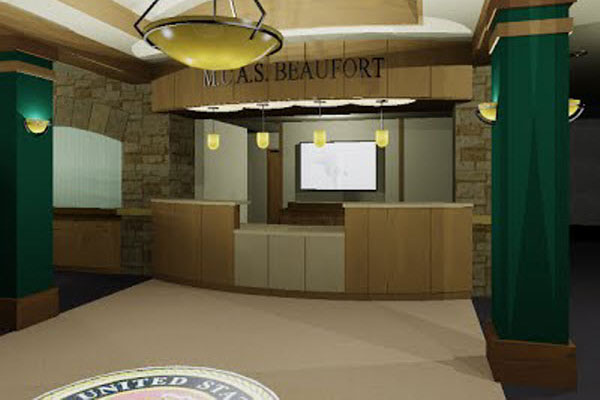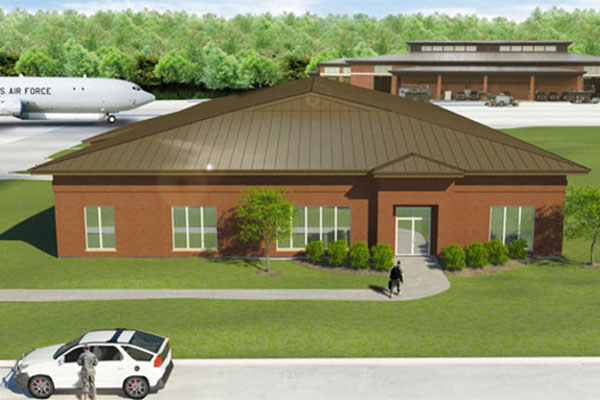
Our unique expertise and experience help A/E & Design-Build teams win projects and economically incorporate physical security into new and renovated buildings and other structures. Our expertise not only matches that of world-renowned experts in the physical security field, our extensive engineer of record experience brings a unique blend to the project team. We have been there and done that. We not only have in-depth knowledge of physical security criteria; we have access to interpretations and those who make them. The result is economic design with no surprises.
ANTI TERRORISM & FORCE PROTECTION (ATFP)
IEI routinely conducts peer reviews of both structural and physical security designs on behalf of the federal government. This is where we noticed the gap between theory and incorporation of physical security into the design documents. This appears to be the result of a couple of myths in the field of physical security, often referred to as blast consulting.
Myth #1: Physical security consultants can begin their involvement with the project after 35% design of the project is complete. This is far too late in the design process. By this time, sites have been selected and laid out, and the building structural and envelope systems have been selected. Involvement at this late stage can lead to costly design changes and increased construction cost.
Myth #2: Physical security consultants do not need to assume Engineer of Record (EOR) responsibilities. While in theory this is true, it is very difficult to execute, especially by those who lack experience as an engineer of record. The result is often a nice report of requirements by the physical security consultant at the end of the project which have not been incorporated into the construction documents. While we have successfully completed projects as purely the physical security consultant to the design team, it was only due to understanding of the design process and diligent communication with the design team and review of interim submittal documents.
IEI takes a wholistic approach that includes all disciplines. We know what it takes to ensure the physical security requirements get incorporated into the construction documents regardless of discipline.
Criteria
● ISC - Interagency Security Committee Risk Management Process
● DoD - Unified Facility Criteria
● VA - Veterans Administration Physical Security Design Manuals
Experience
● Risk assessments
● Upgrade triggers
● Design criteria
● Site layout (Optimum Stand-off Distance)
● Entry control points
● Vehicle barriers
● Window replacement
● Civil, architectural, structural, MEP & FP, & electronic security requirements.
● Blast design
● Computational Fluid Dynamics (CFD)
● War time missiles
● Breech and spall
● Internal Blast (Mail rooms, lobbies, & public areas.)
● Progressive Collapse
● Peer Reviews
● Education/Training
Clients
● CDC
● DHS
● DoD (Army, Navy, Air Force)
● FBI
● GSA
● USACE
● USDA
● VA
● Private building owners and utilities
